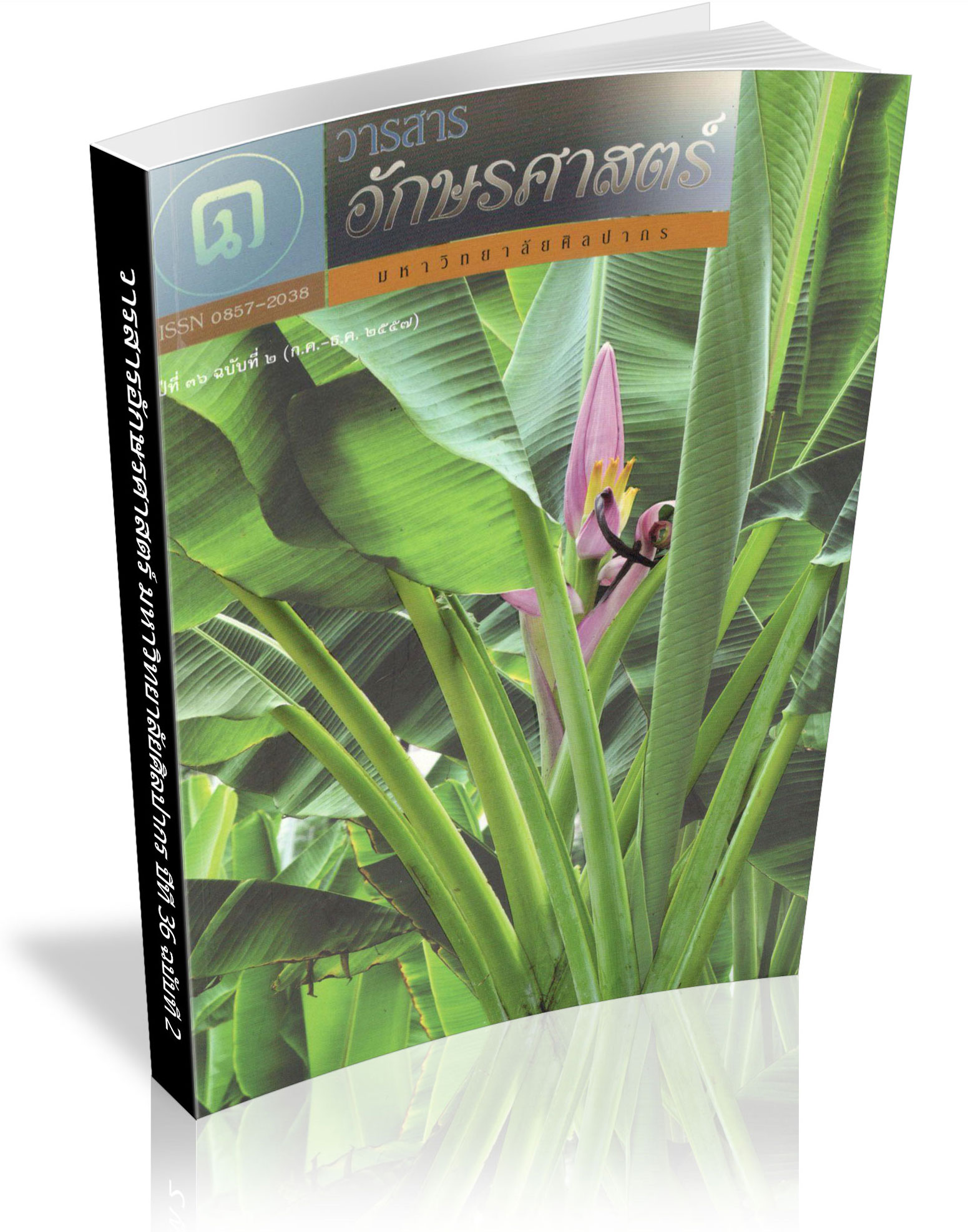European Union and Western European Union : The Attempt to establish the Security System of the European Union in the Post-Cold War Europe
Keywords:
European Union, Western European Union, security system, integrationAbstract
This article examines the attempt of the European Union to integrate the Western European Union, a military organization of seven European nations established in 1955, as a defense component of the Common Foreign and Security Policy of the Treaty of Maastricht. The main objectives of the integration were to establish an effective collective security system for Europe after the end of the Cold War, and possibly to reduce its dependence on the United States. Although member states of the two organizations had reached prevailing consensus, the integration process beginning in December 1990, proved to be long, problematic, and controversial as it involved several complicated factors. Among the most significant ones were the relationship with the United States; the conflicts of national interests and foreign policies of the member states, especially those of the major powers (i.e., the United Kingdom, France and Germany); and the so-called “Germany Problem". Nevertheless, after two decades of negotiations, compromises and the conclusions of four treaties, the integration was completed with the official closing of the 56 years old Western European Union in June 2011.
Downloads
References
Dinan, Desmond. Europe Recast. A History of European Union. Bouldes/London : Lynne Rienner, 2004.
European Union, Treaty of Lisbon, Offical Journal, Vol. 50, December 2007.
Downloads
Published
How to Cite
Issue
Section
License
ผู้เขียนบทความต้องยินยอมในข้อกำหนดต่าง ๆ ของวารสารก่อนส่งบทความตีพิมพ์




